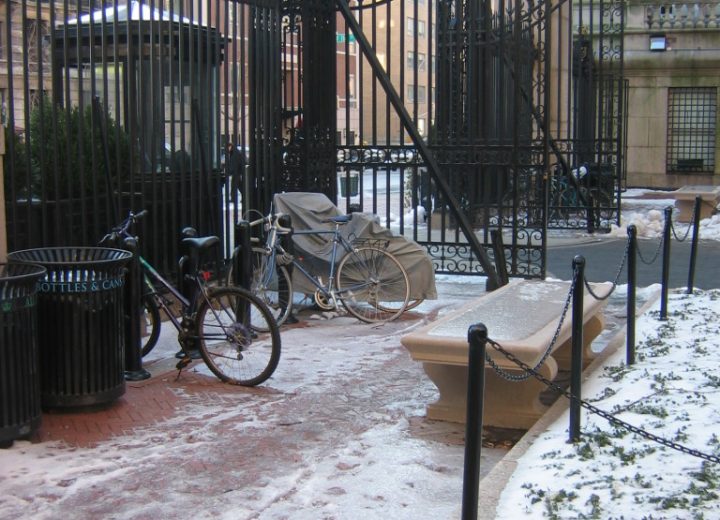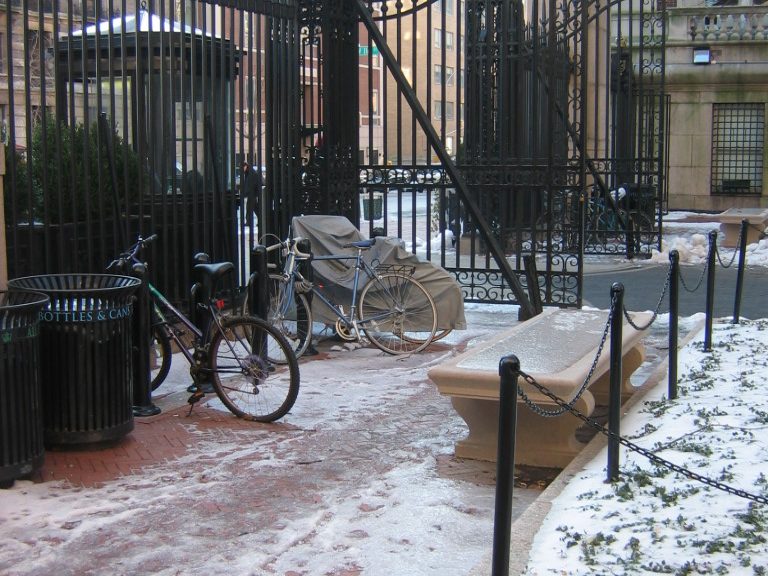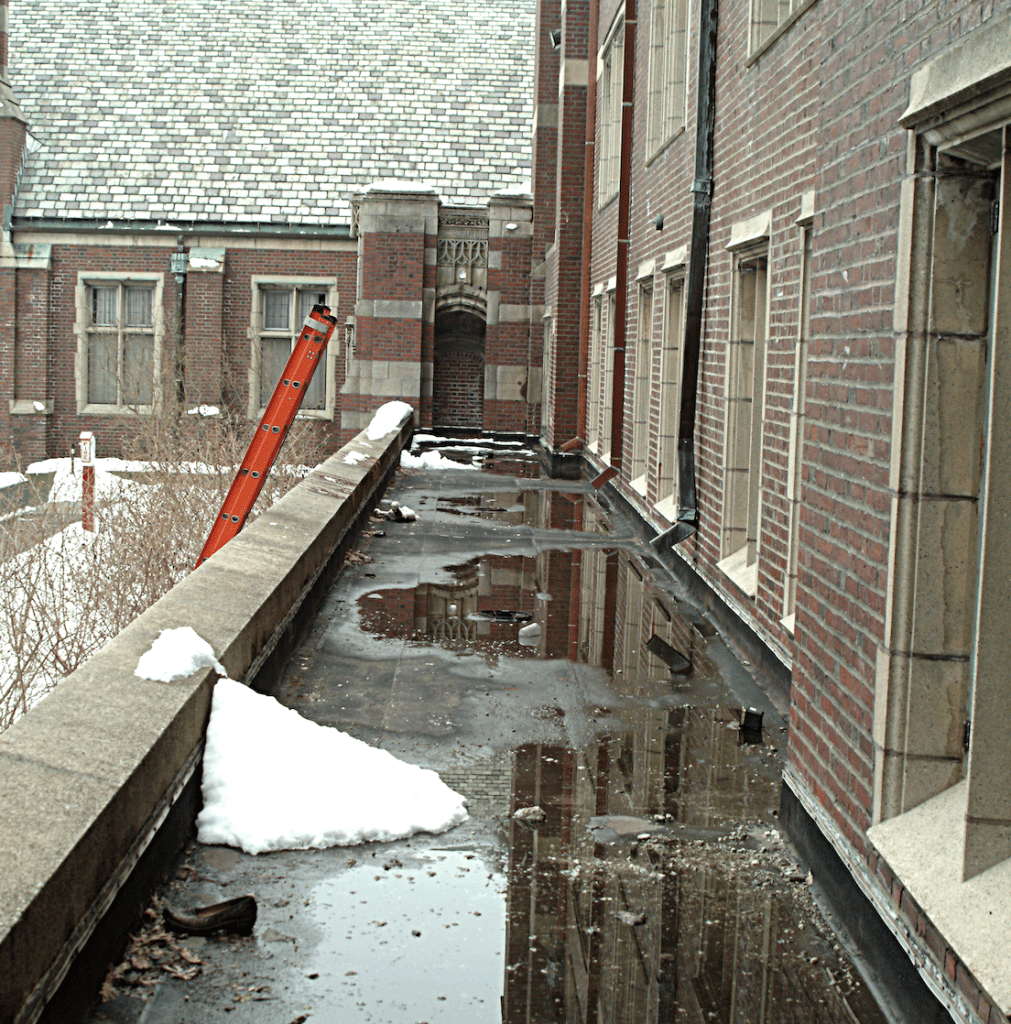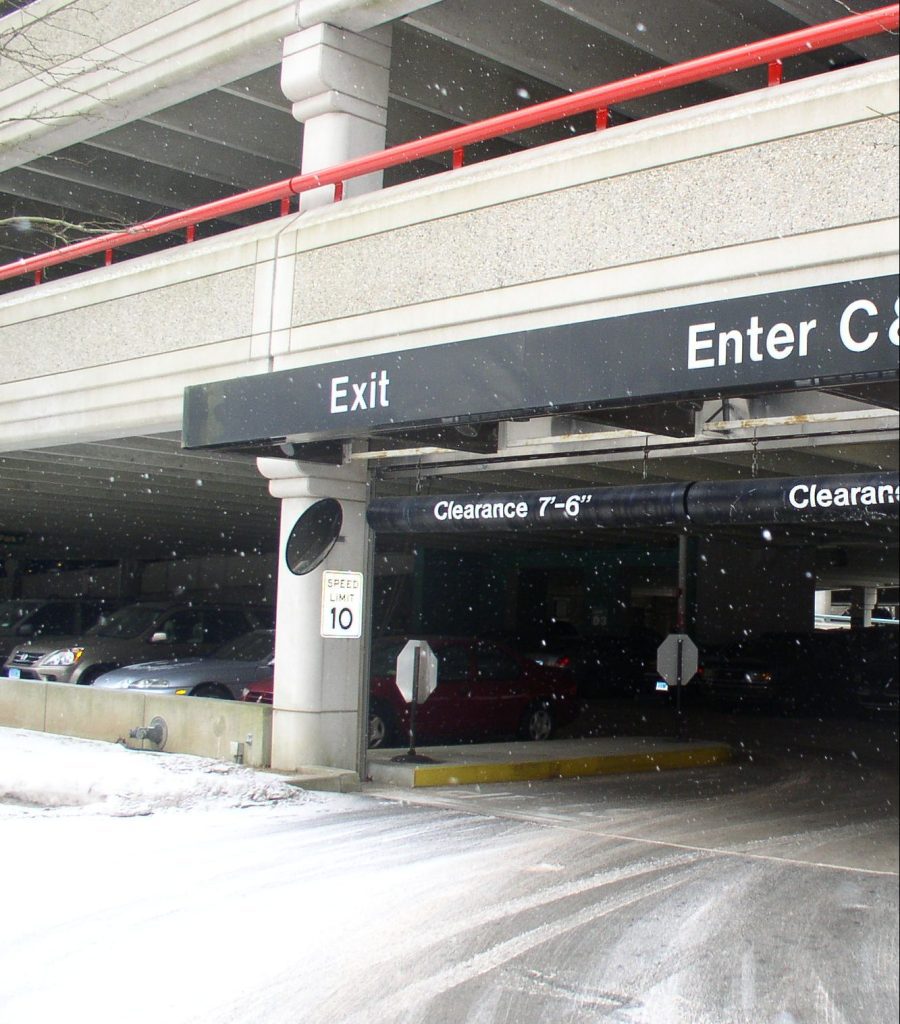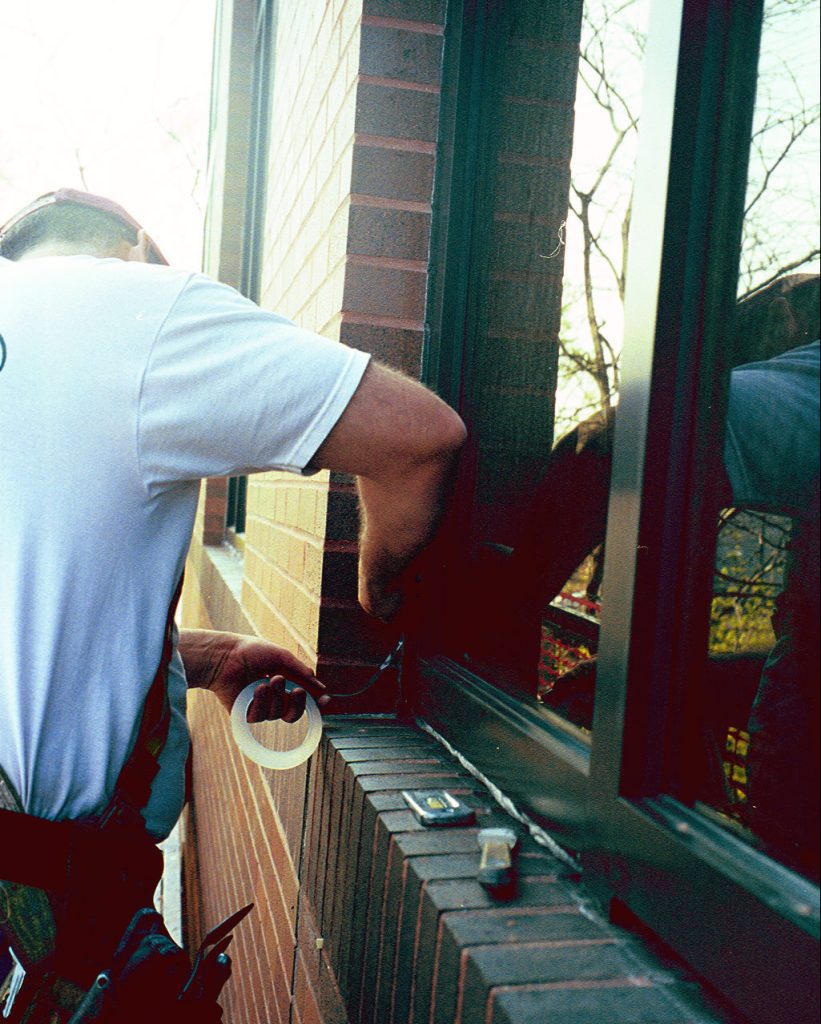Prepare Your Building for Winter Weather
Winter Weather Is Coming. Is Your Building Ready?
While properties in colder climates can’t escape the yearly onslaught of wind, icy rain, and snow, prudent building owners and managers can work proactively to shield buildings from winter’s damaging effects. The key? A comprehensive annual winterizing program that prepares building envelope components for freezing temperatures, along with appropriate, ongoing storm management practices.
Tips from our design professionals for simple, cost-effective, and efficient winter planning:
PLAZAS: Remove Snow and Ice
- Make repairs so that freeze-thaw cycling and snow removal don’t make problems worse: check and repair mortar, sealant, and sand joints; replace broken pavers; fix drainage issues.
- Clear out irrigation systems, so that hoses and pipes don’t freeze and burst.
- Test subsurface heating elements and make repairs where necessary; if planning to install new subsurface heating as an alternative to chemical ice melting, do so well in advance of winter weather.
- Select and stock deicing chemicals and determine how these products will coordinate with mechanical snow removal. Hoffmann Architects’ Deicing Chemicals: Why Not to Just Throw Down Salt offers tips for product selection and use.
